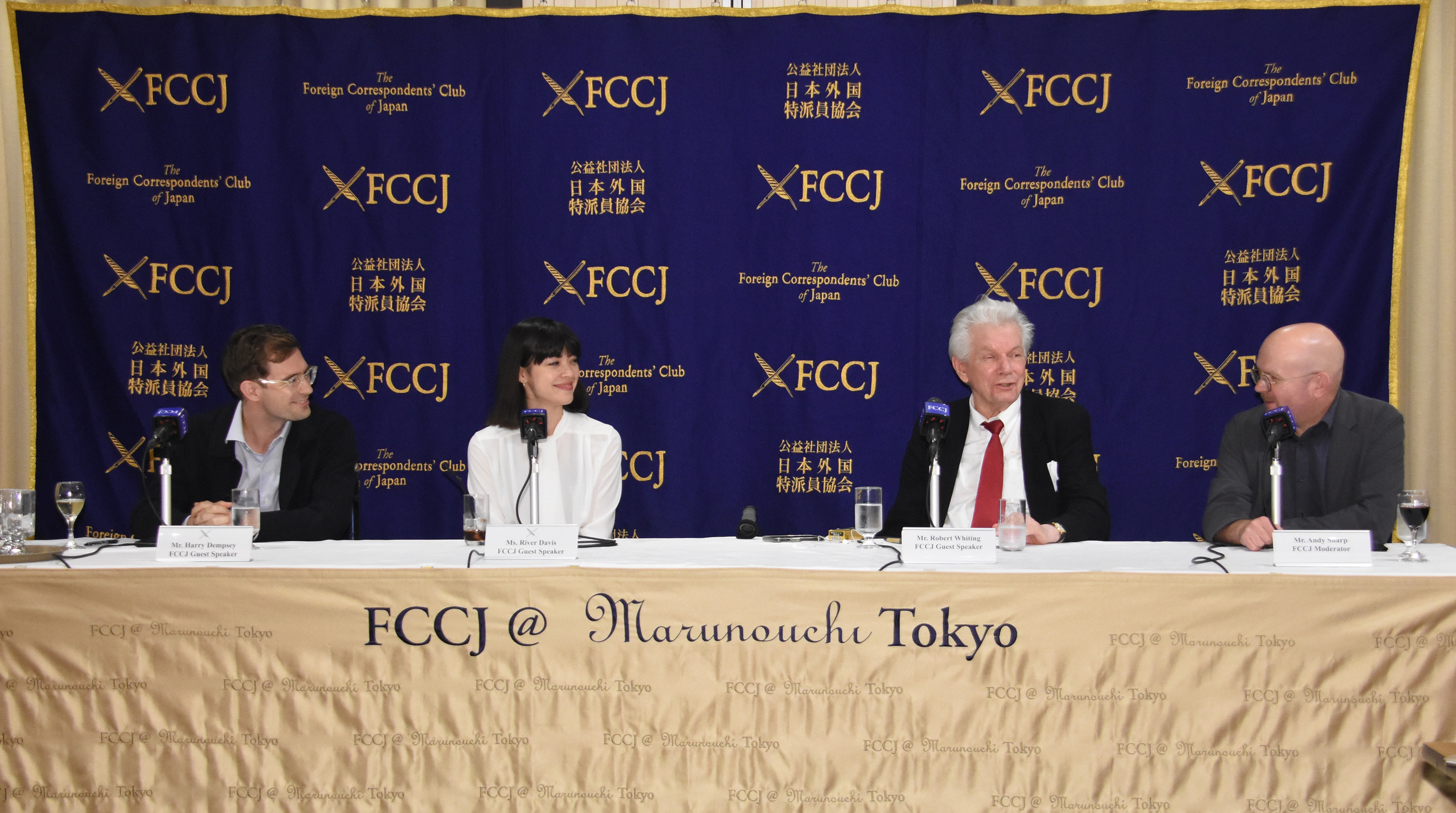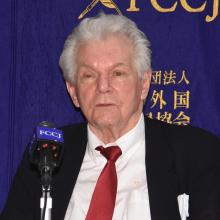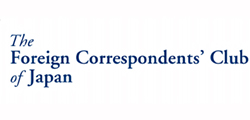Issue:
November 2025
Japan correspondents share tips on interviewing techniques at FCCJ ‘school night’ event

Even in an AI world, journalism still comes down to people talking with people, about people.
Last month, four regular members of the FCCJ shared their thoughts on the art of interviewing in the second in a series of events organized by the Associate Members Liaison Committee.
Robert Whiting, author and journalist, got right to the heart of the matter. “I found that honesty is the best policy,” he said. introductory remarks. “If you’re going to interview somebody, find out everything you can about them and send them a list of questions on what you want to know.”
Regarding the interviewer’s preparation, he said it was important to “show them that you’ve done your research and that you have a certain amount of respect for them”.

River Davis of the New York Times said approaching an interview “requires a lot of human elements. Everyone has their own very unique styles that can’t be put down to a formula”.
To make the interviewee feel as comfortable as possible ahead of the meeting “requires a lot of legwork, meeting perhaps with the person off the record, getting to know them, building rapport”, Davis added.
Harry Dempsey of the Financial Times put Japan in the context of his years in London. “You get rather attuned to the Anglo-Saxon way of doing journalism, which is perhaps a little bit more aggressive than it is in Japan, more confrontational,” he said.
Dempsey cautioned against over-preparing for an interview. “Almost inform yourself too well before going into the interview that you don’t just step back and ask the simple questions.
He also addressed the question of whether to conduct an interview in the vernacular or in English. “I think often quotations in English can have more of a richness when you’re writing in English versus translating quotes that are Japanese into English.”
Andy Sharp, opinion editor at Nikkei Asia, who moderated the event, said: “Say I’m interviewing somebody in Japanese and they say something interesting. I would say, ‘How would you say that in English?’ Just to see what they come up with, just to see if they can give you a more interesting quote.”

Whiting shared anecdotes, some of which didn’t immediately make it into print, to explain the process of getting a story, while Dempsey recalled the anxiety that can accompany an interview. “I’m sure everybody’s had this where they have an interview and think, what on earth am I going to come out of this with?” he said.
Reporters also have to address a dilemma over what they share with their editors. “Sometimes there’ll be things you may withhold because the source said something too sensitive and you don’t want to put that cat out of the bag internally,” he said.
Sharp recalled having to be part of several interviews with multiple participants. “It never worked,” he said.
During the Q&A session, the participants were asked how they navigate interviews, and whether it was wise to send questions in advance.
“The first question was about when you’re interviewing, you’ve got to try to be both transparent, you’ve got to tell the truth, minimize harm, trying to get the balance of what you should be focusing on in interviews,” Sharp said.
Whiting said: “If it’s somebody you’ve never met before and you’re trying to develop a rapport, that just makes sense to supply them with, you give them a sense of what you want to talk about.”

Dempsey addressed the potential pitfalls of interviewing “everyday people”, saying, “You have to be very judicious in what you use to avoid causing them harm or reputational damage.
Davis made a list of dos and don’ts.
“We don’t allow people to check their quotes or view a story before we publish, which is upheld across the organization, regardless of what interview it’s based off of,” she said. “That being said, I think there is also the argument that, these styles need to be accommodating of whatever market they’re at or whatever country, whatever kind of existing culture we are operating in.”
Sharp said it was important to go into an interview with a list of supplementary questions previously unseen by the interviewee. “Just to have some good follow-ups, or ask a few other little questions on top of the ones you sent them in advance.”
David M. Umeda is co-chair of the Associate Members Liaison Committee

